|
One of the joys of Mumbai nowadays is the wall paintings all over the place. The BMC and the State government seems to be encouraging artists to do cool murals and wall paintings all over the place and it adds an awesome touch of colour and art to everyday commutes.
Well done artist! and BMC! and Government! and any body else involved in this cool art project! Since I was on a cycle on my Sunday morning ride, I did not zip past them like a normal commuter and could spend some time to stop and admire them and take a few clicks.
It was yet another rainy Sunday, and it was time for a Sunday morning ride.
I cycled happily towards ‘South Bombay’ and went on to visit a most beautiful place - the ‘Hanging garden’ - or, to give it its official name - the ‘Phirozeshah Mehta garden’. Which is a good opportunity to talk about that magnificently moustachioed Parsi gentleman - Sir Pherozeshah Mehta - ‘The father of Bombay’ and a founding member of the Indian National Congress.
This venerable bawaji was a remarkable fellow - he was one of the first ‘Post Graduate’ degree holders in the country - getting his ‘Master of Arts’ from the newly minted ‘Univerity of Bombay’ in 1864, and then went to London to get his law degree, and became the first Parsi barrister in blighty. He then returned to Bombay to hang out his shingle and go toe-to-toe with the toffee-nosed British lawyers who had held a monopoly on the silly-wig-and-black-housecoat trade in India till that time. P.M. went on to become one of the most famous lawyers in Bombay and probably charged an arm and a leg just to look at a brief. ( A legal brief, I mean...not undies!)
One of his famous clients was the first Municipal Commissioner of Bombay - Arthur Crawford - who was accused of corruption! The very first commissioner clearly set the corruption ball rolling and his example seems to have been faithfully followed by all the BMC employees ever since!
This is one great Mumbai landmark that really flies under the radar. This is one of the coolest places in Mumbai, but no one seems to visit it, talk about it or even know about it. The Mahalaxmi racecourse - headquarters of the RWITC - the Royal Western India Turf club - located on a humongous 225 acres of land in one of most expensive and desirable areas of South Mumbai.
Just the sheer size of this property makes this a Mumbai marvel - because the city is so crowded, so chockfull, so cramped, so gummed up - that even sardines in their cans feel relaxed and spread out as compared to Mumbaikars. The property prices are high enough to make even Doland Trump bhai suck in a breath and shout ‘We are winning so much that we will one day buy a plot in Mumbai! Agli baar, trump sarkar!’. Even Sheikh Chilli of Arabia thinks twice before investing in land here and the Sultan of Brunei shook his head and went back on his gold-plated private jet.
And in the midst of all this, we have 225 acres of beautifully maintained greenery which is used for races only for a few days in a year! Isn’t that amazing?
I don't think people in Mumbai really appreciate the historical significance of the place - but this racecourse is more than 150 years old, and is a wonderful heritage structure with a lot of historical value. It was built in 1883!
Horse racing was always a big thing with the British, and the first thing they built once they had taken over a town and pacified the natives was to build a...no, not a racecourse silly! The first thing was a fort, then a court and gallows to hang all those who opposed them, then a port for their ships to haul away their loot, a bank to store the money they stole from the locals...and once they were good and rich and safe - a racecourse! The first racecourse was built in India in Guindy, Madras - in 1777! The East India Company had won the battle of Plassey in 1757 and conquered Bengal. The EIC further established its hold in India by defeating the Mughal armies in the Battle of Buxar in 1764 and had the Mughal Emperor Shah Alam II by the balls and squeezed out huge monies and the ‘Diwani’ or ‘right to collect land tax’ of Bengal, Bihar and Orissa from him - making them the de facto owners and rulers of North and East India.
We are used to it, so it doesn't really register...but we have the most amazing anomaly in the world right here under our noses.
Mumbai metropolis is one of the largest and most densely packed cities in the world - so chock full of people that you can’t swing a cat without braining a bunch of people - and breaking a few shop windows as well. Seriously, there are people living on top of people living on top of people. The cost of land and building is also ridiculous - enough to make even Onassis and Donald Trump suck in their breath with a startled ‘what ho!’. You could probably buy a huge ranch in Texas - along with horses - for the price of a 3 BHK in South Bombay. The traffic is so bad - so legendarily bad - that it is said that a courting couple can set out from office and get married, have a kid, get a divorce and then get back together in the time it would take to drive from office in South Bombay to home in Borivali. And - in the midst of all this rampant and crazy metropolitan madness - we have a full-fledged forest in the middle of the city! Not a garden - not a zoo - not a botanical park...but a proper forest - an ancient forest, still full of apex predators like leopards and prey like deer and wild pigs and monkeys, and complex an diverse tree and plant population and all sorts of Avifauna. And this is not in some far away wilderness - but in that same Borivali suburb that our imaginary couple lives in. They could be living right on the edge of a forest and risk having their bananas stolen by monkeys and their dog to be eaten by a leopard! How incredible is that!
No - not Nehru Science Centre… this is only ‘Nehru centre’, no science!
The Nehru centre building is something that had always intrigued me - it looks very fancy indeed. It is a pure white cylinder with scalloping all over it - sort of like some fancy origami design expanded to monstrous proportions. It looks like the only brief given to the architect was ‘Make something different - anything you like! Money is no object! It doesn’t have to be practical at all!’ A practical design for a building is always a right-angled shape - so that you can use all of the area. When you make a circular building, a good 22% of the space is unusable!
‘Don’t worry about all that…’ I could just hear the architect saying. ‘Don’t be so prosaic! Make art! Leave a mark! It’s all government money, anyway!’
And he succeeded too! This is a very cool building - as unworldly and impractical as possible, and it really stands out amongst the blocky concrete building blocks of Mumbai. It was designed by a dude called IM Kadri. (Sounds like the answer to a philosophical question, doesnt it? ‘Who are you?’ ‘IM Kadri!’ ‘The white churning tower stands apart from the regular rectangular blocks that aim for the sky. But when you are in front of the tower, it exudes a compelling sense of wonder. The ascending slope of green meets the building at 42 feet. Three terraced levels at the base of the structure form a podium for the tower that’s nearly 260 ft high. “The challenge was in allowing the design to reflect the essence of man,” says architect IM Kadri, who designed it in 1981.’ So, What is this giant edifice anyway? It is a memorial to Prime Minister Jawharlal Nehru - ideated by his friend and freedom struggle comrade, a lawyer called Rajni Patel. Patel had been active in the freedom struggle and had supported Gandhi by picketing liquor shops! (wonder if he considered the point that the liquor was made in India, and therefore was technically ‘swadeshi’?)
I had taken up this project of discovering Mumbai. It started with my taking up cycling as an exercise...but just going round and round in circles was boring, so I started going to specific places on cycle. I would look up interesting places and then ride out on Sunday morning to go and check it out - exercise, adventure and exploration… all in one!
But there was no need to be so strict about the cycling thing - not all places are open early on Sunday morning - and definitely not all places wanted to see a fat, sweaty and mud-splattered cyclist in tight clothes clump around their premises! These places would have to be explored in the traditional manner! And with my usual urge to kill multiple birds with one stone - I decided to take the brat along to some of the kid-friendly places in Mumbai - some of which I remembered fondly due to my having visited them as a kid myself! The kid will have an outing, we will have some father-daughter bonding - and I will get to continue my Mumbai exploration project! The first destination on my kid list was the Nehru Science Centre in Worli.
This is a very cool place - it is situated in a nice little campus of its own, with some small gardens and a building full of very cool scientific exhibits.
I looked it up - and found that the Nehru Science Centre was inaugurated in 1977, with a ‘Light and Sight’ section. Fascinating! And why is that fascinating? Because ...just think of what was happening in 1977! Complete political turmoil! The country had been under two years of ‘Emergency’! Jawaharlal Nehru’s daughter - Indira Gandhi - had declared ‘a state of Emergency’ across the country in 1975 because "there is an imminent danger to the security of India being threatened by internal disturbances", and this gave her the authority to rule by decree, allowing elections to be cancelled and civil liberties to be suspended.
Today is the birth anniversary of Mohandas Karamchand Gandhi, lovingly addressed in India as 'Mahatma' (the great soul), or 'Bapu' (Daddy). His birthday is celebrated as 'Gandhi Jayanti' and is a national holiday in India - all schools, government offices and even banks are closed today.
But who was Gandhi - and why is his birthday anything to celebrate? The only thing most people know about this day is that it is a 'Dry day' - so if you want a tipple, you have to stock up!
Now more than ever we should be remembering Gandhi and his message of non-violence and peace and tolerance. In an age where institutional violence is being propagated against minorities and women and students and political opponents and anyone who is perceived to be against you.
The Amigos visited Porbunder, the birthplace of MKG during their ride of Gujarat - and I had written this about our visit there. I was fascinated that two very different people were born just hundred kilometers apart and they influenced India is such different ways - Mahatma Gandhi and Dhirubhai Ambani! Check out this excerpt from 'Three Men Ride West - The Amigos ride to Gujarat and Diu'
May 1st is celebrated for many reasons… it is internationally famous as ‘International Labour day’ to commemorate various movements all over the world for worker’s rights. It is also ‘May Day’ - officially the ‘first day of summer’ for western countries since antiquity. It used to be celebrated as ‘Floralia’ by the ancient Greeks where they used to celebrate the goddess of love - Aphrodite and the god of wine - Dionysus - and I assume the festival involved a lot of drinking and lovemaking. Nowadays they have Mayday parades and dancing around Maypoles and May queens.
Alfred, Lord Tennyson even wrote a poem about it - ‘The May queen’ - ‘You must wake and call me early, call me early, mother dear; To-morrow ’ill be the happiest time of all the glad New-year; Of all the glad New-year, mother, the maddest merriest day, For I’m to be Queen o’ the May, mother, I’m to be Queen o’ the May.’
In India, we are already well into the hot summer by May, and our version of Floralia - Holi - is already over. We no longer celebrate wine or lovemaking - both are rather frowned upon officially! You need a license for one, and closed doors for the other.
But in Maharashtra we do have another reason to celebrate the 1st of May - It is celebrated as ‘Maharashtra day’ - the day that the states of Maharashtra and Gujarat were carved out from the erstwhile Bombay state. Nipposan Myohoji Japanese Buddhist temple
Mumbai is full of small wonders, and the only thing that stops us - well...stopped me...from stopping to check them out is that we are busily going from one place to another and have no time to stop and explore them. One such thing for me was the enigmatic temple with a very Japanese name - I had seen it a zillion times while travelling on that road, but had never stopped to actually check it out. But now I said that I will make a point of it - and cycled there to check it out. The Nipposan Myohoji Japanese Buddhist temple turned out to be a little wonderland! An oasis of peace in busy Mumbai.
(This is an old ride - pre Corona :) )
Another Sunday, another day of exploring Mumbai by cycle. I was totally into this project - combining physical exercise with the zen of cycling and exploring the city. Inspite of having lived in Mumbai all my life, and having seen it a zillion times - I had never actually been to Haji Ali dargah - one of the icons of Mumbai. So today was the day - I left early morning to tick that off my list. I set out from Chembur and made my way first to Worli sea face - it was a really fun experience to ride the empty Mumbai roads and go up and down a number of flyovers to reach Worli and it is always fun to cycle on the sea face. The place is so full of positive vibes in the early morning - filled with walkers, joggers, cyclists and exercises of every description. The BMC (or whoever) has done a great job of putting up a number of interesting things out there - statues of R K Laxman’s ‘Common man’, benches... |
Categories
All
Hi thereI blog about my travels - and the thoughts they set off! Sometimes the simplest destinations can be the most thought-provoking! Archives
May 2022
|

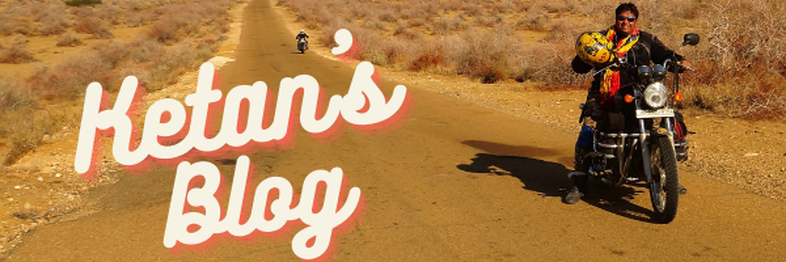
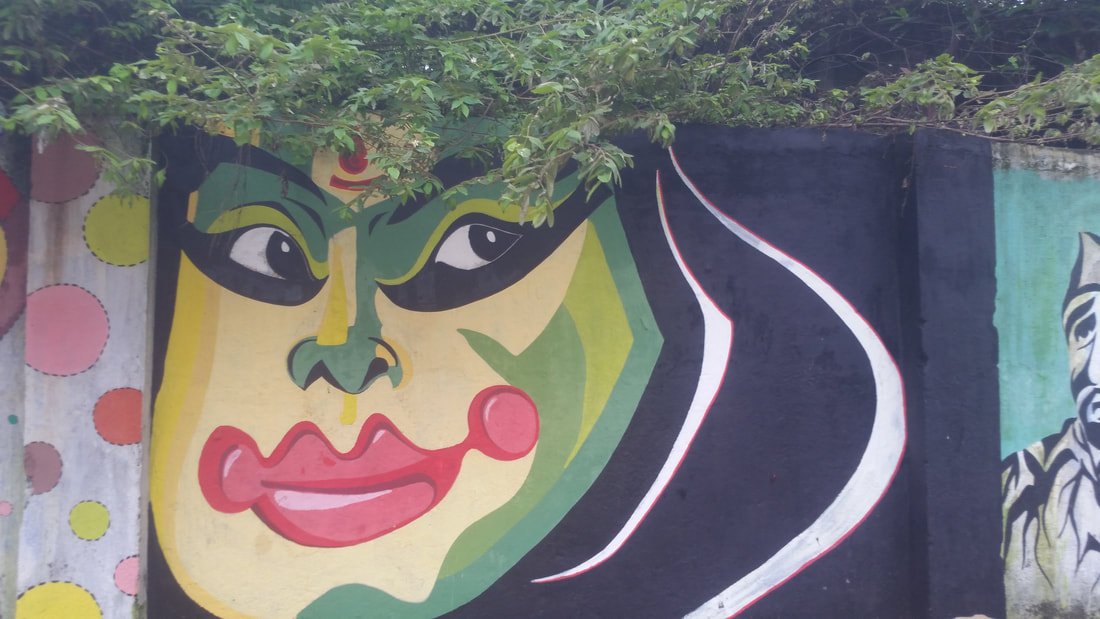
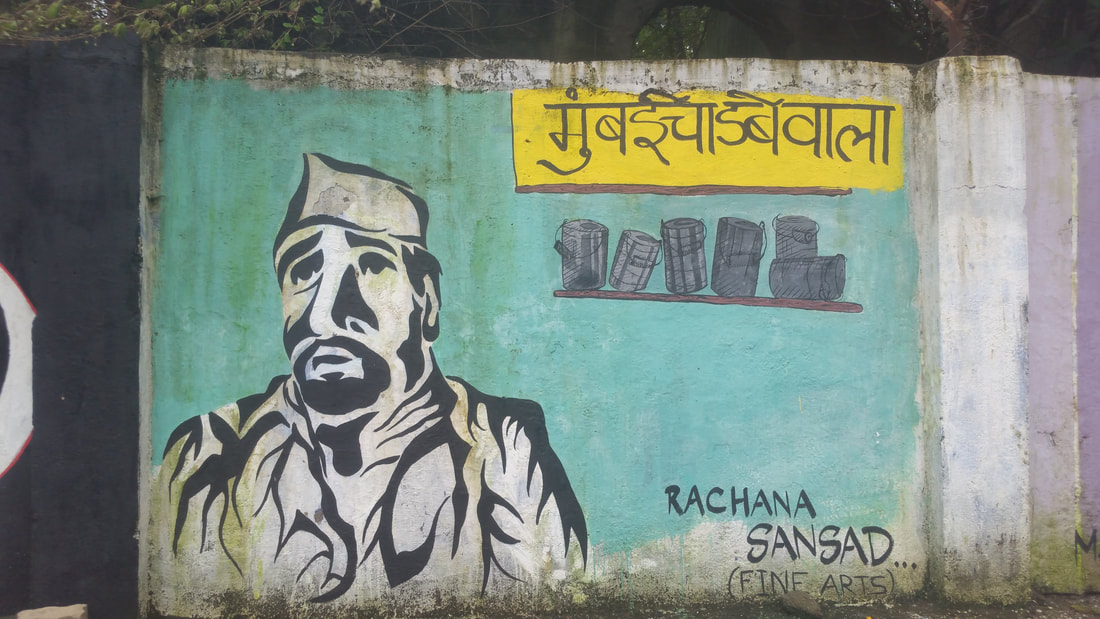
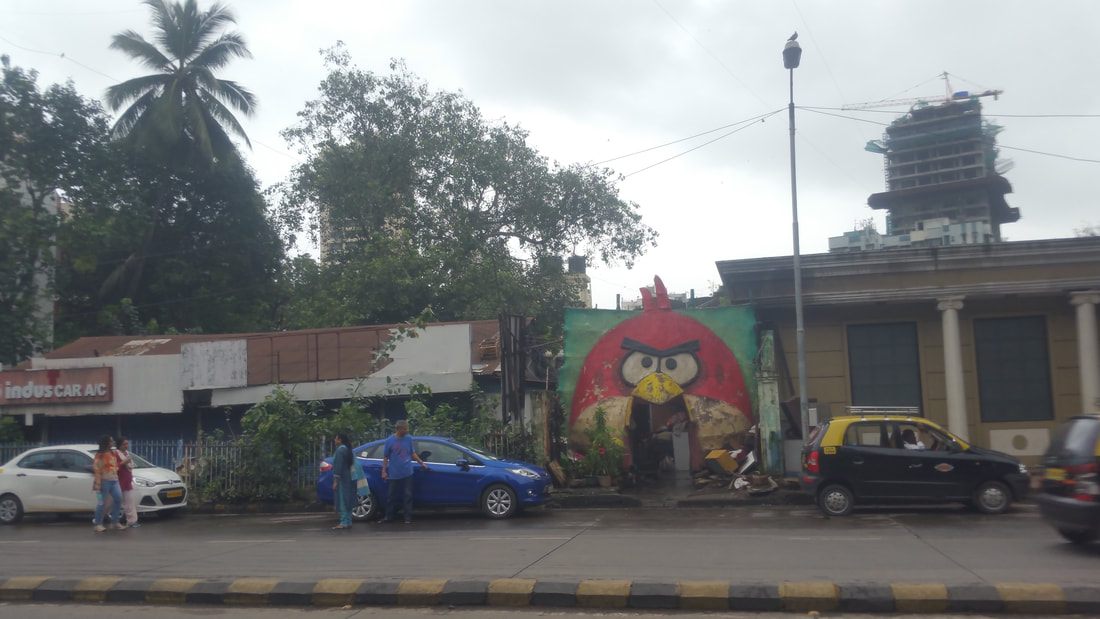
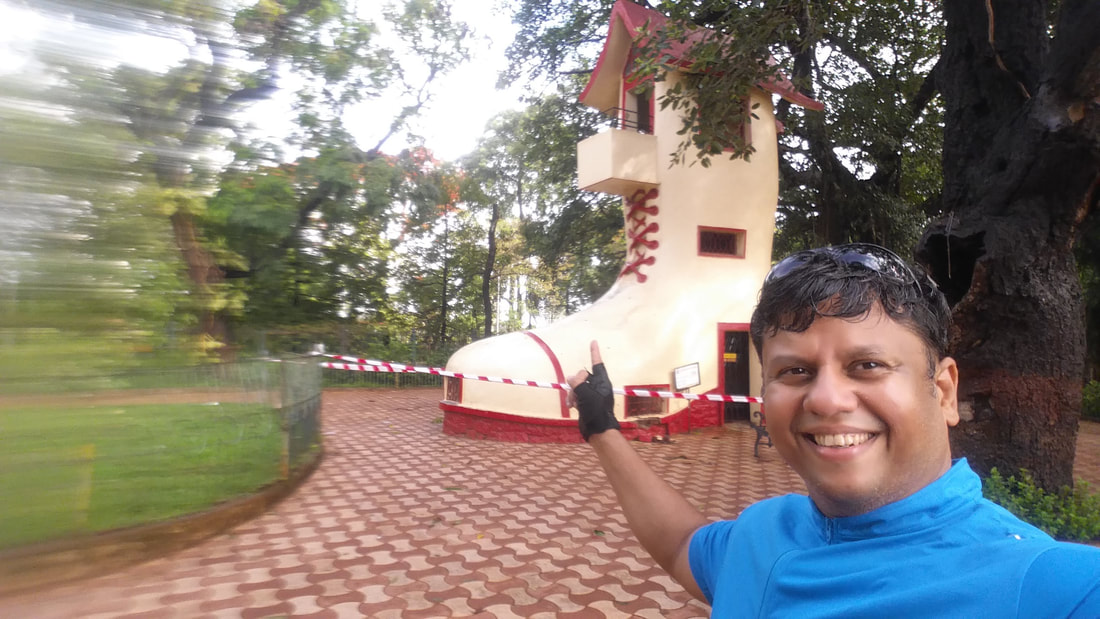
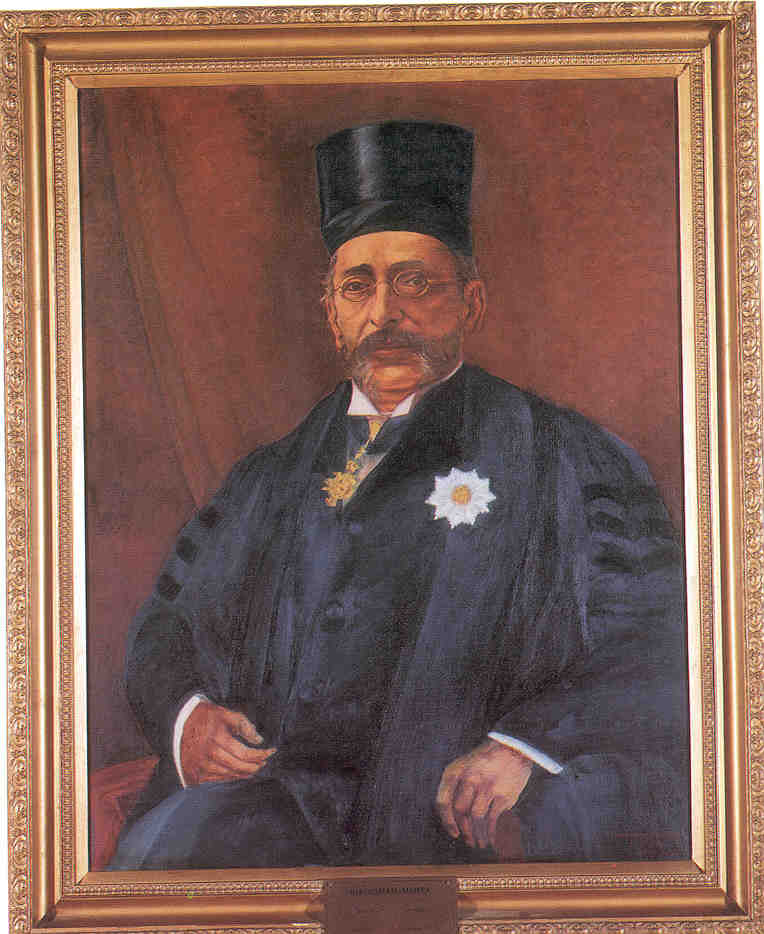
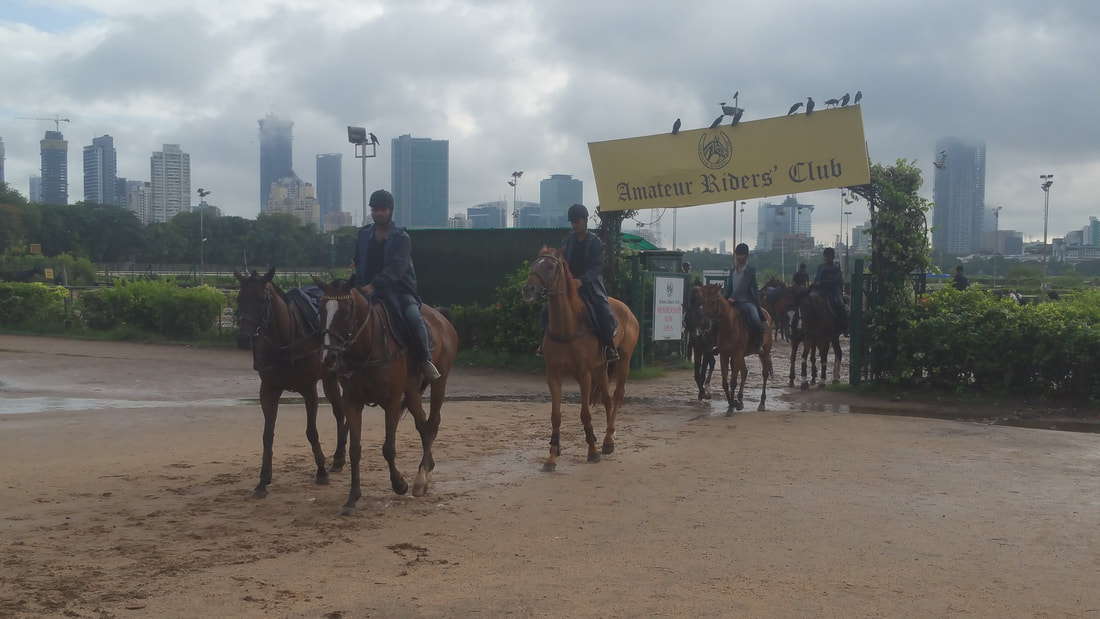
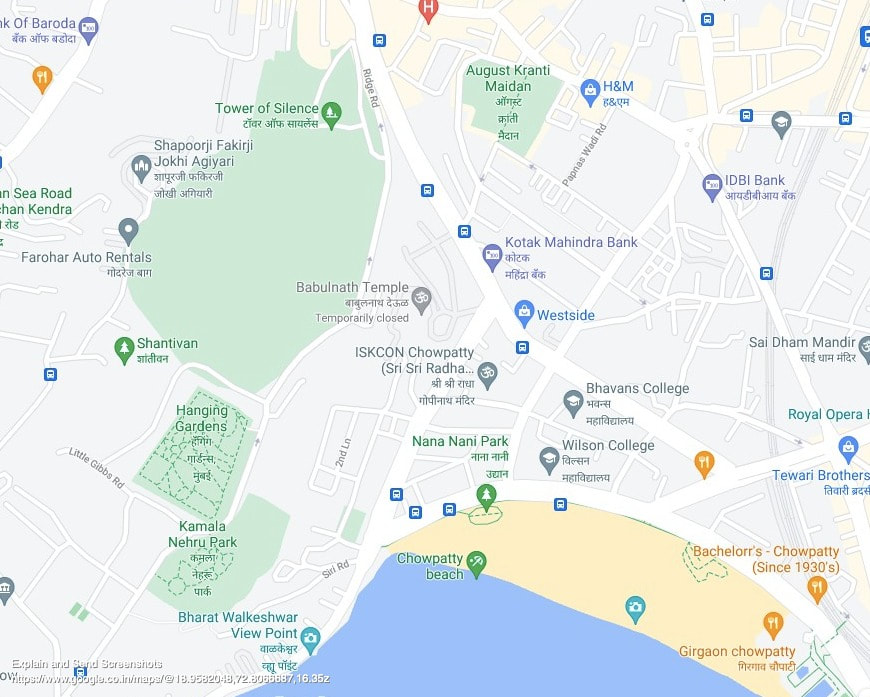
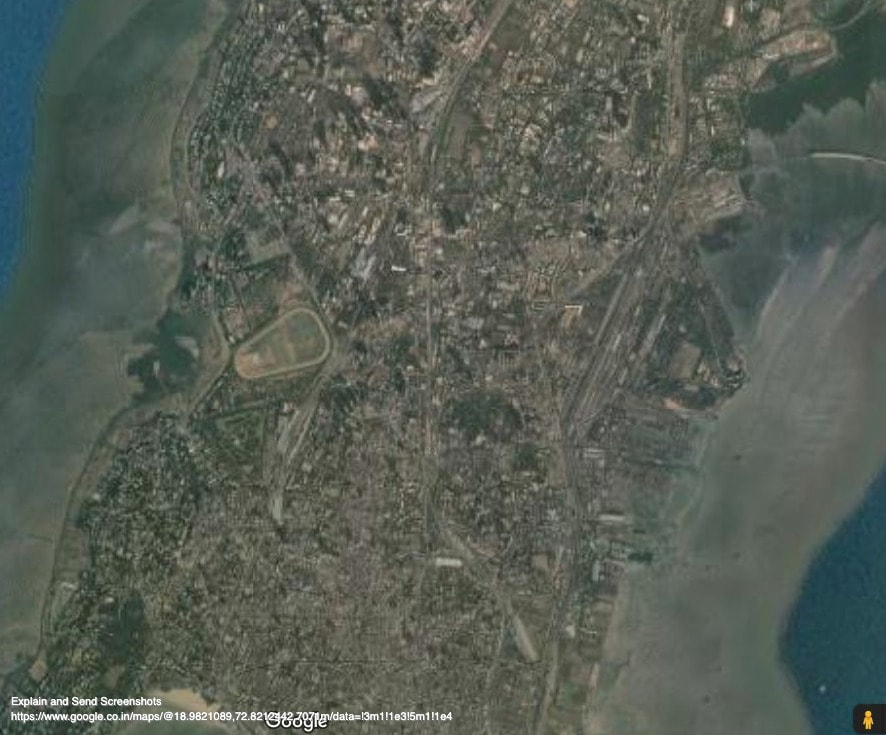
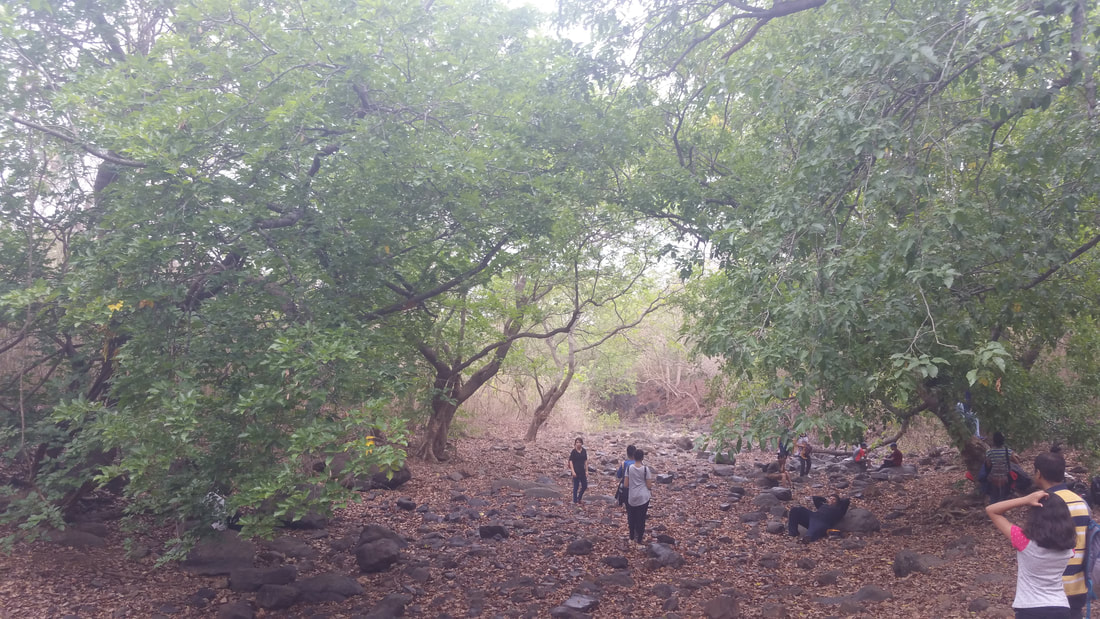
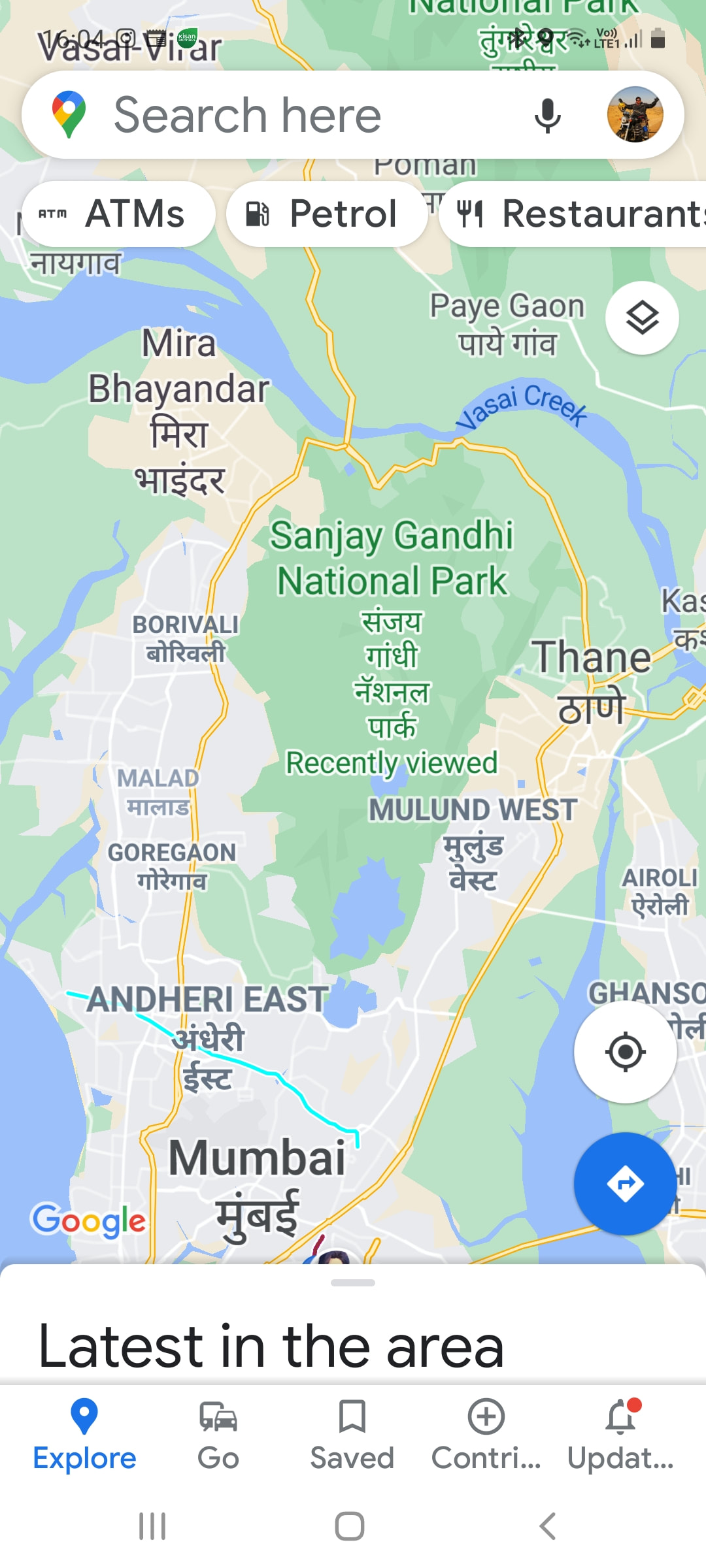
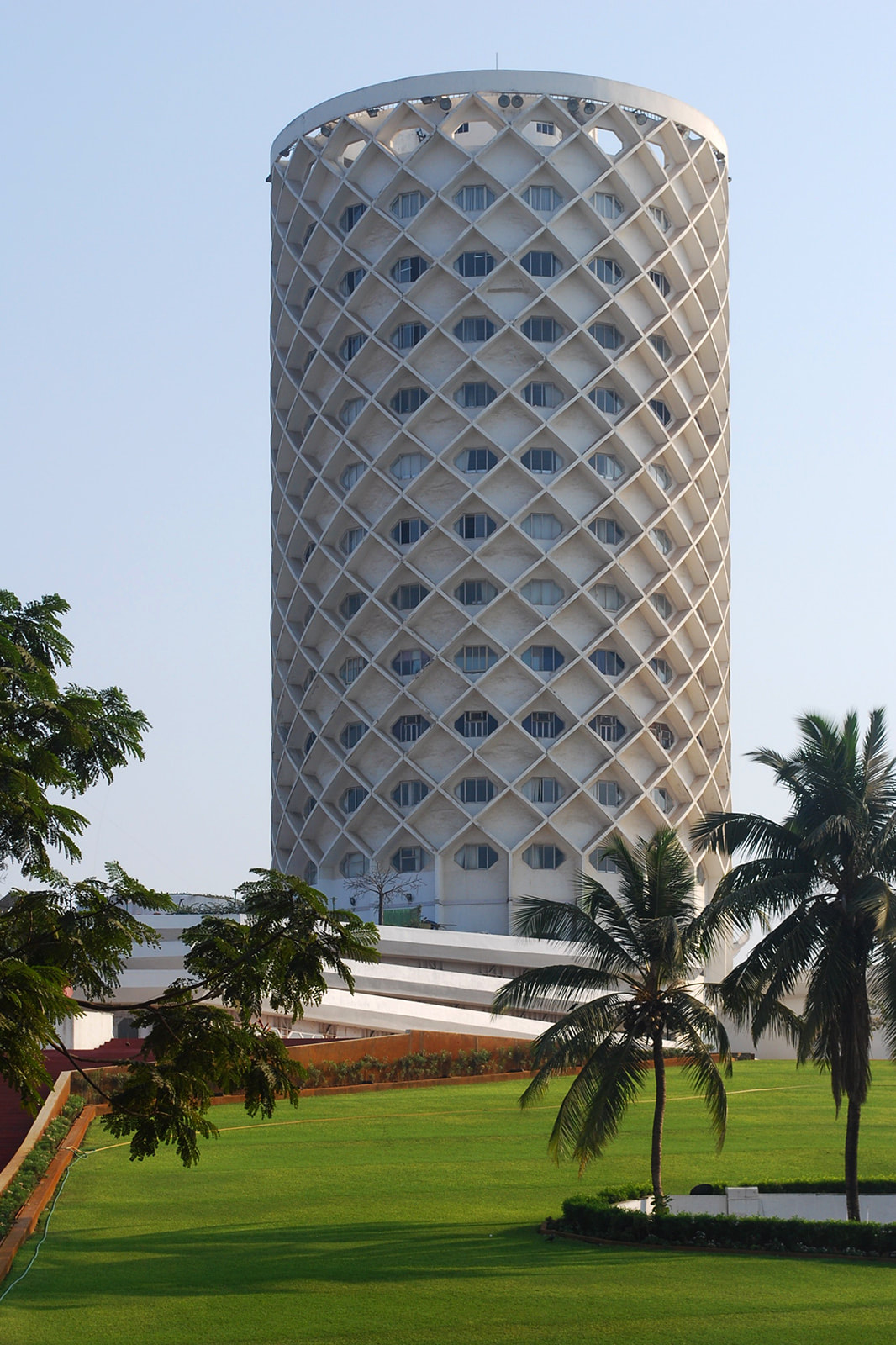
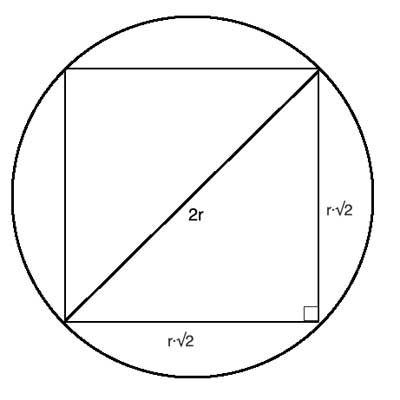
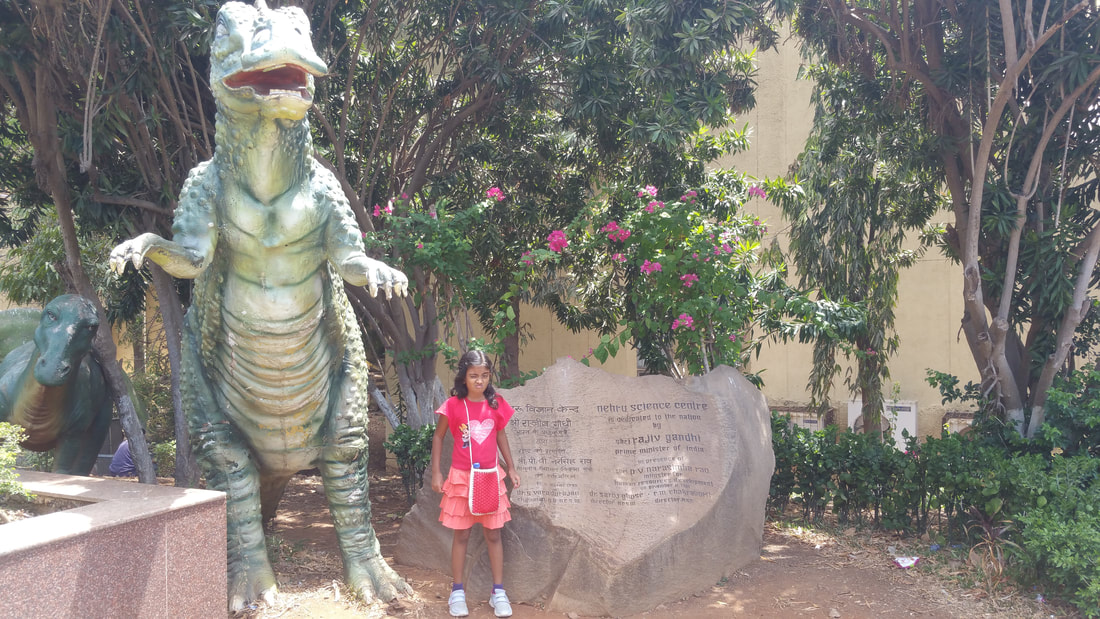
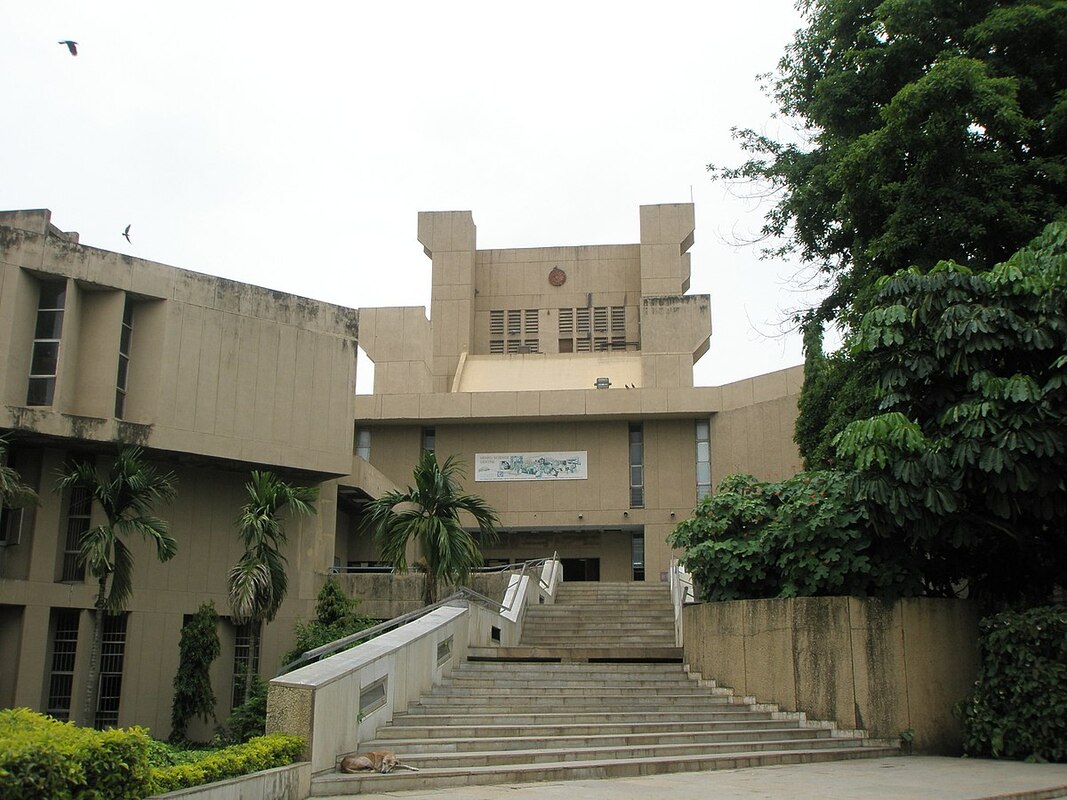
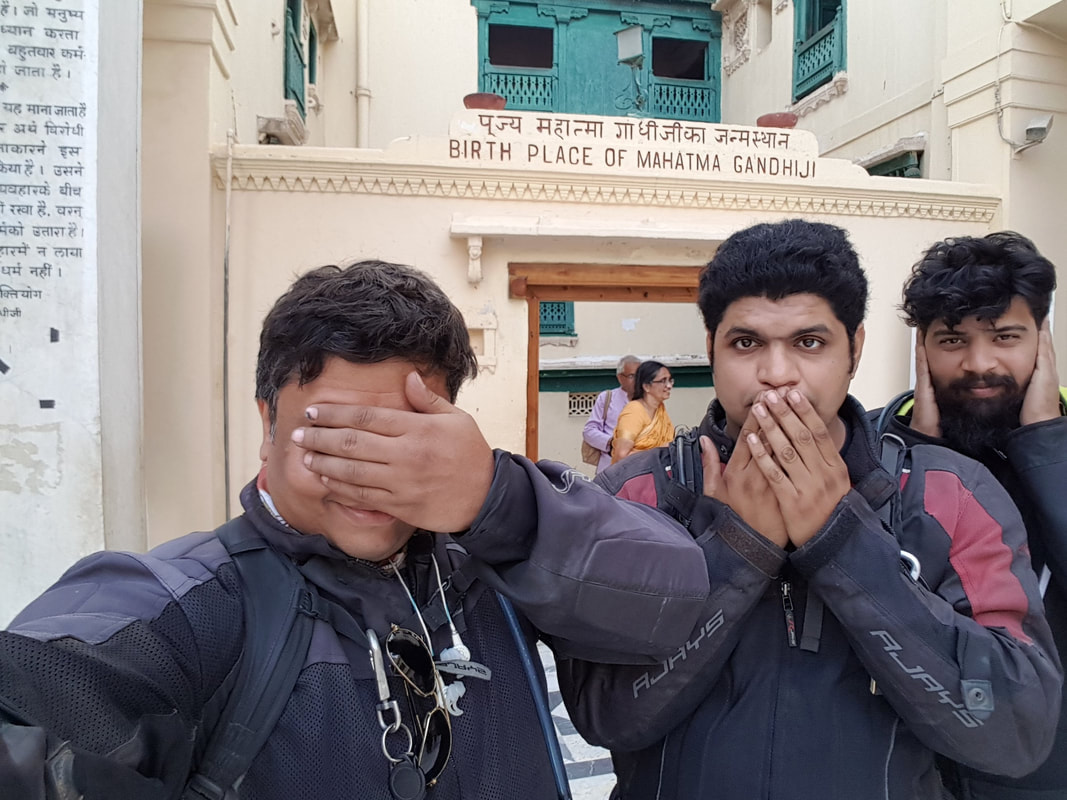
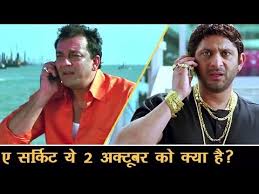
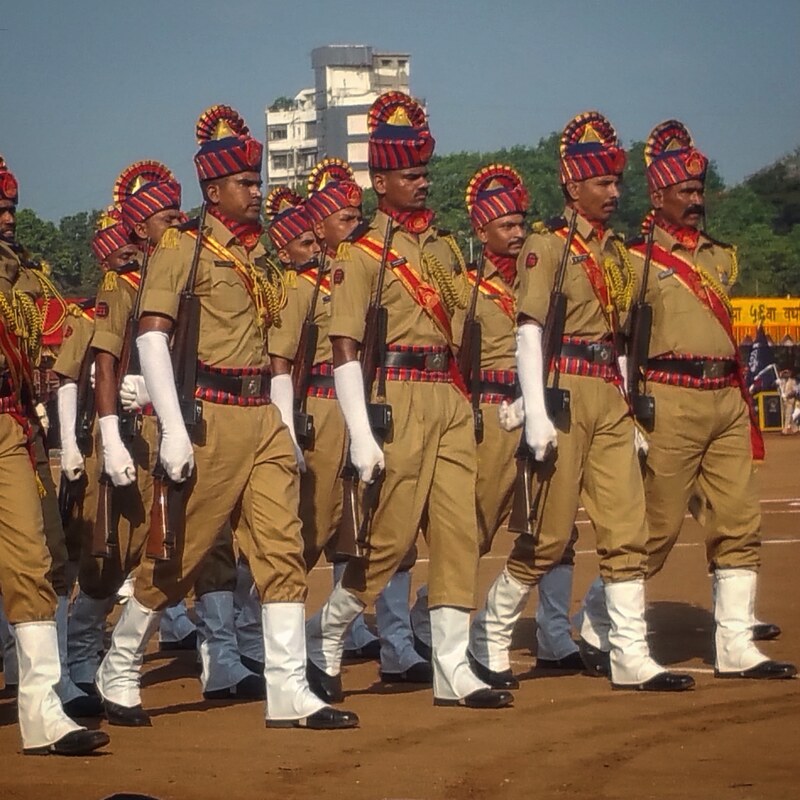
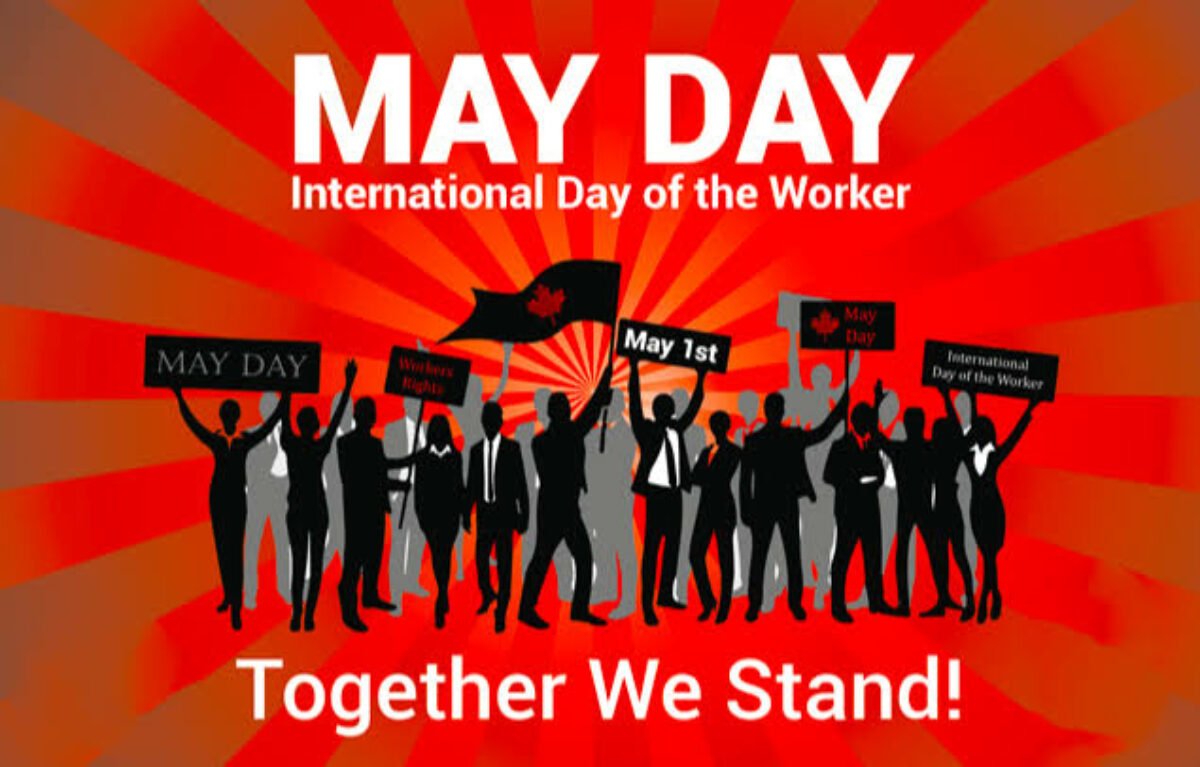
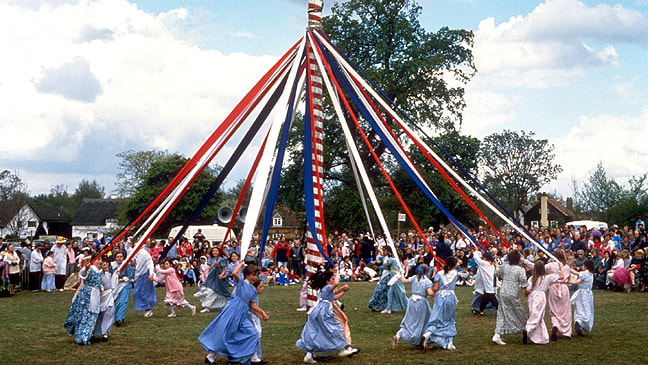
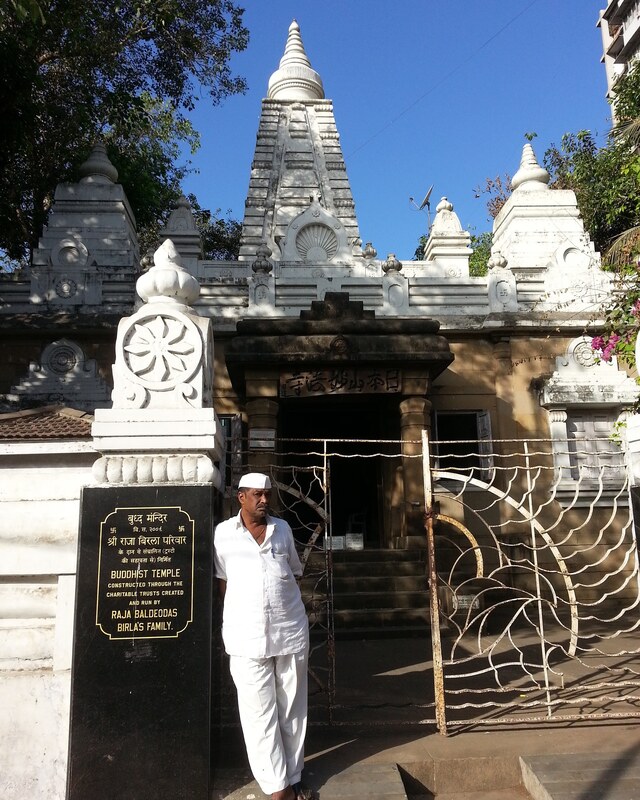
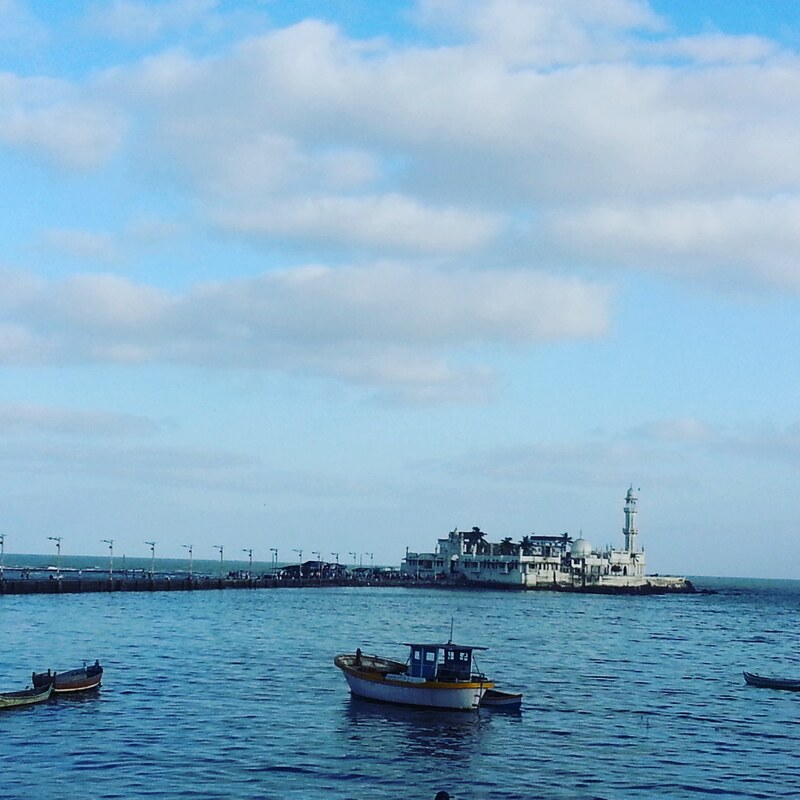
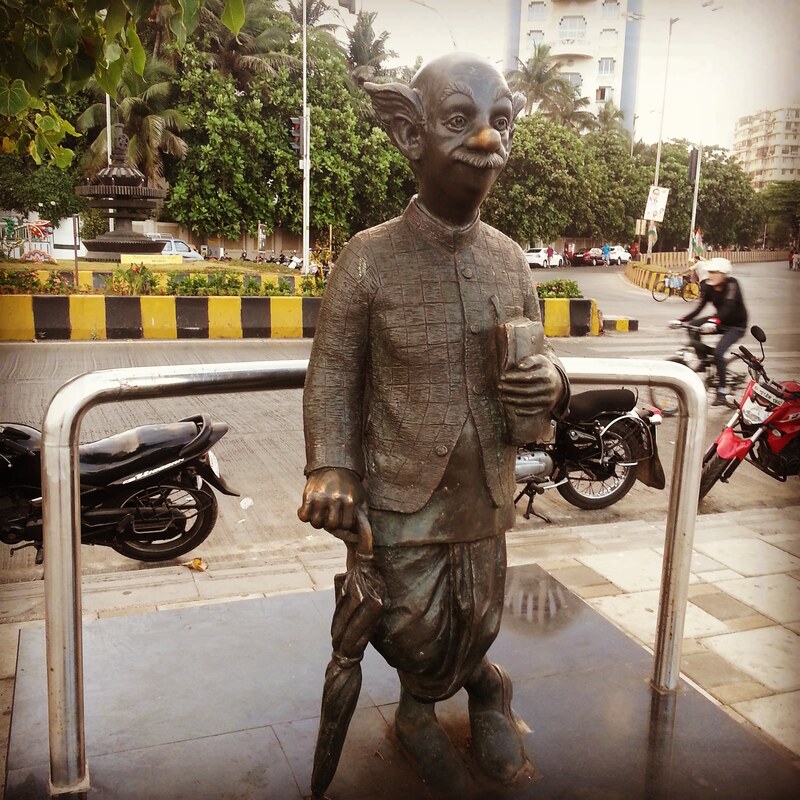
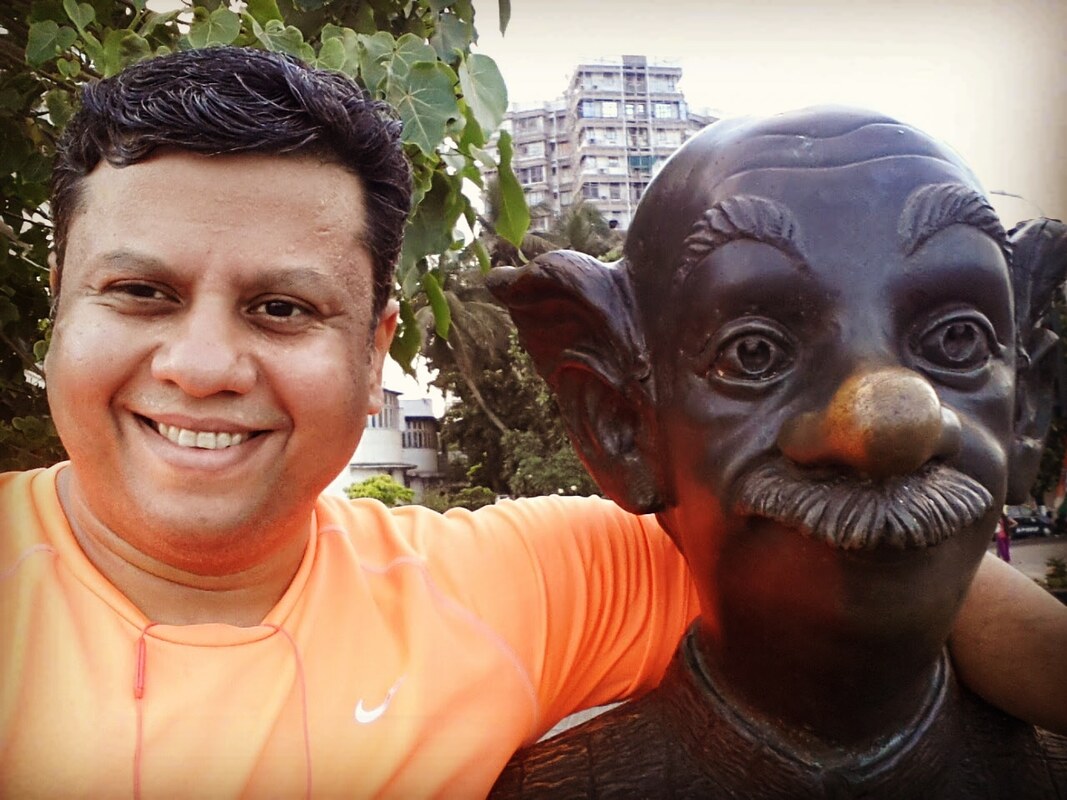
 RSS Feed
RSS Feed

